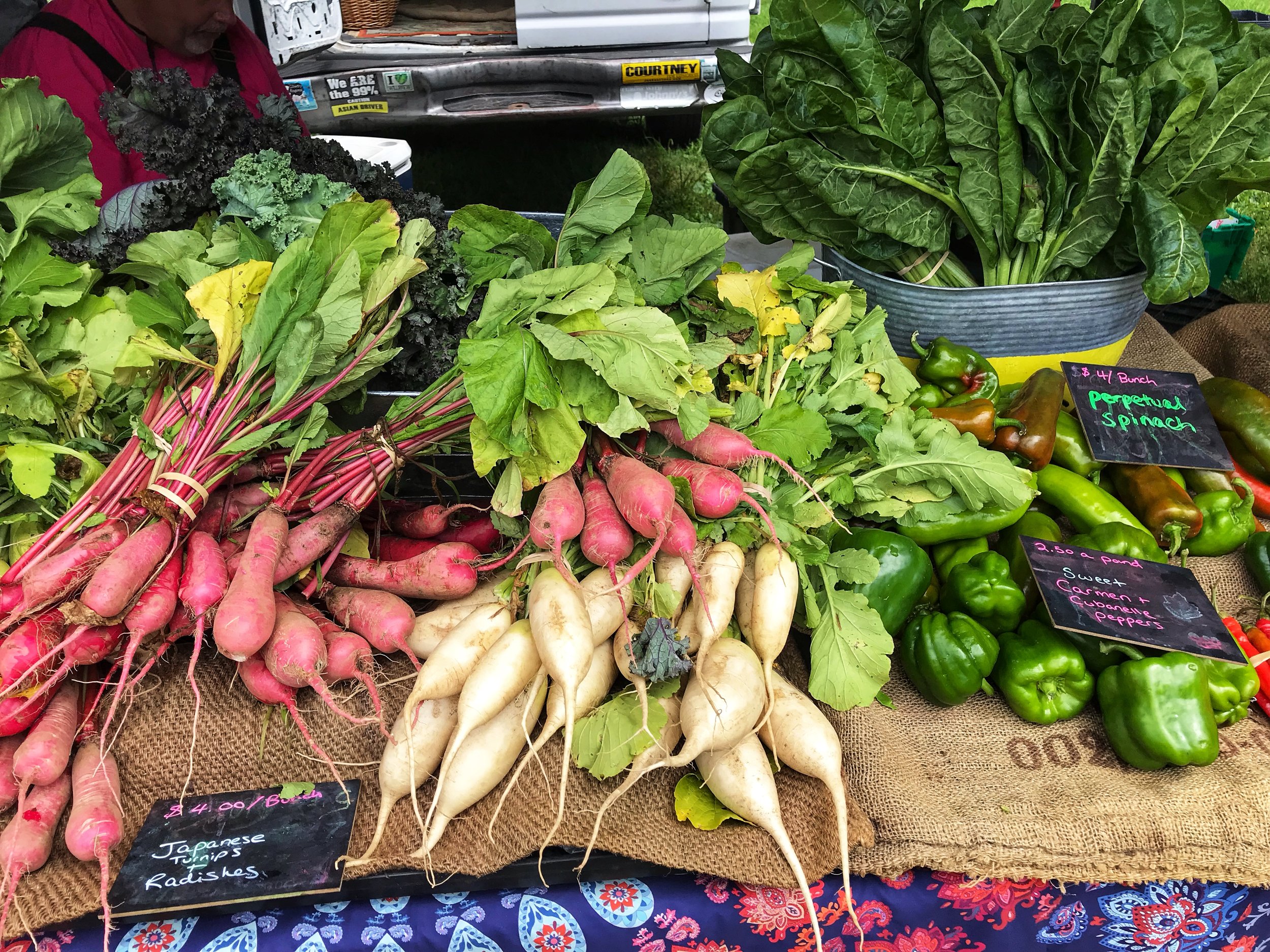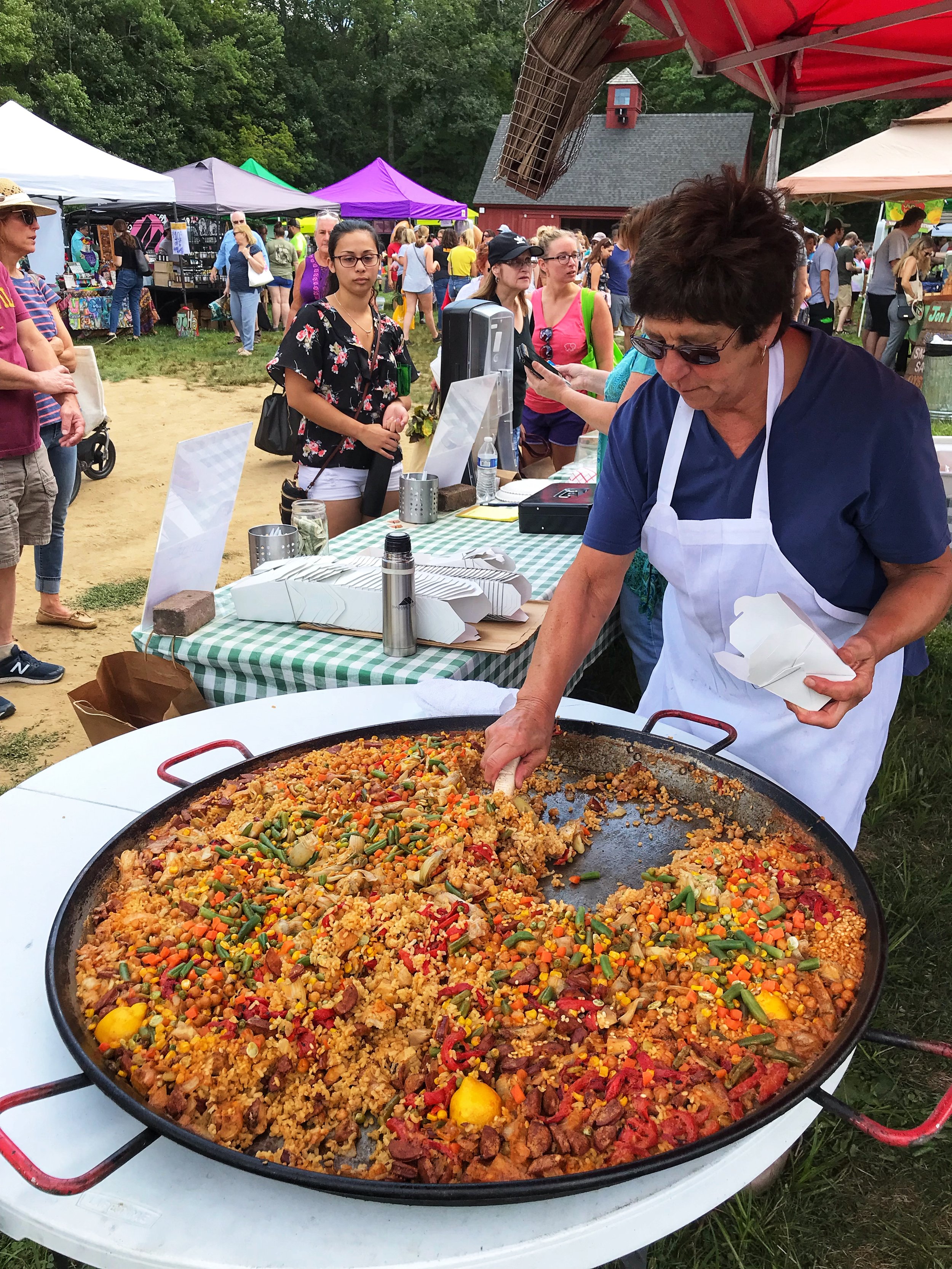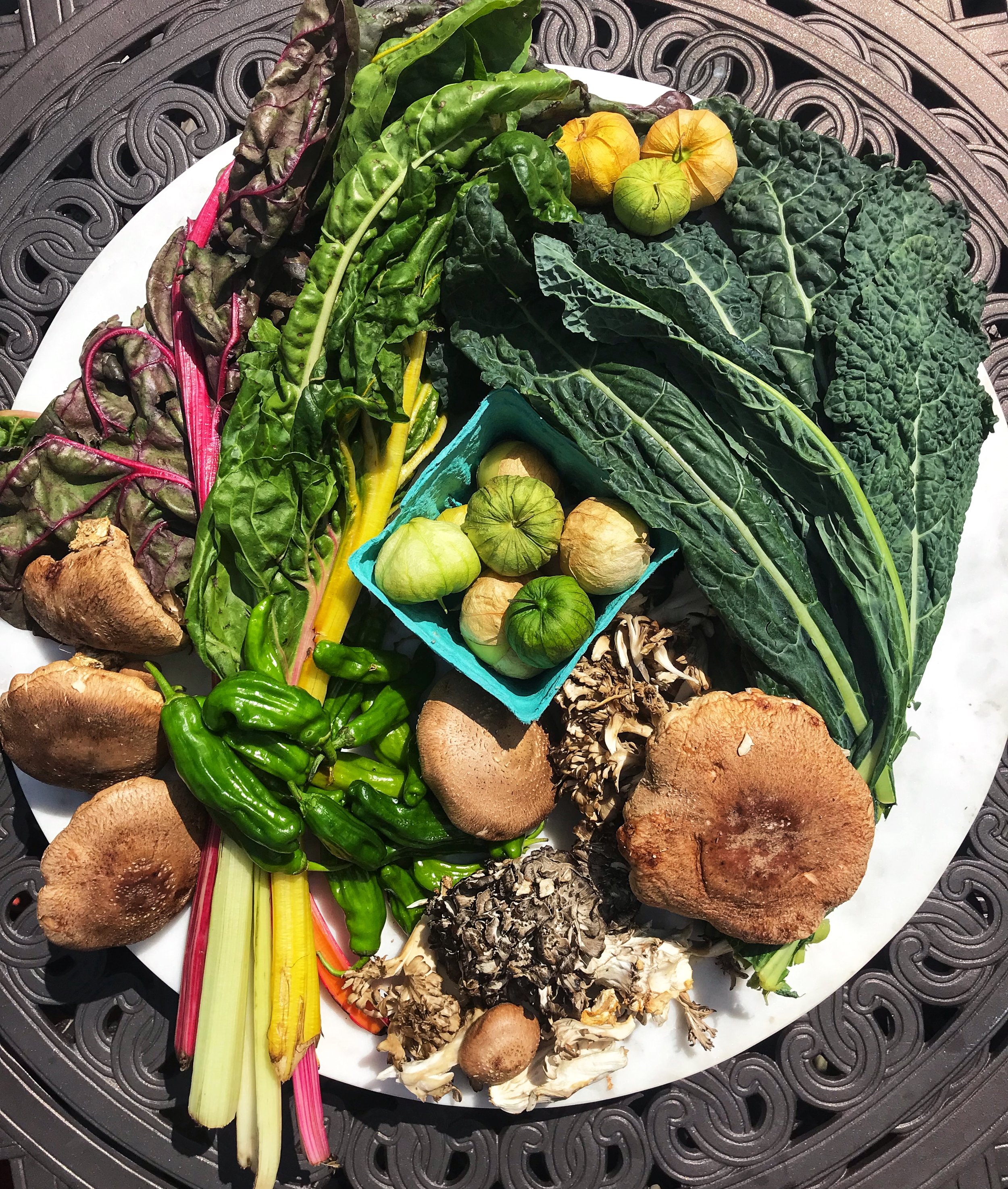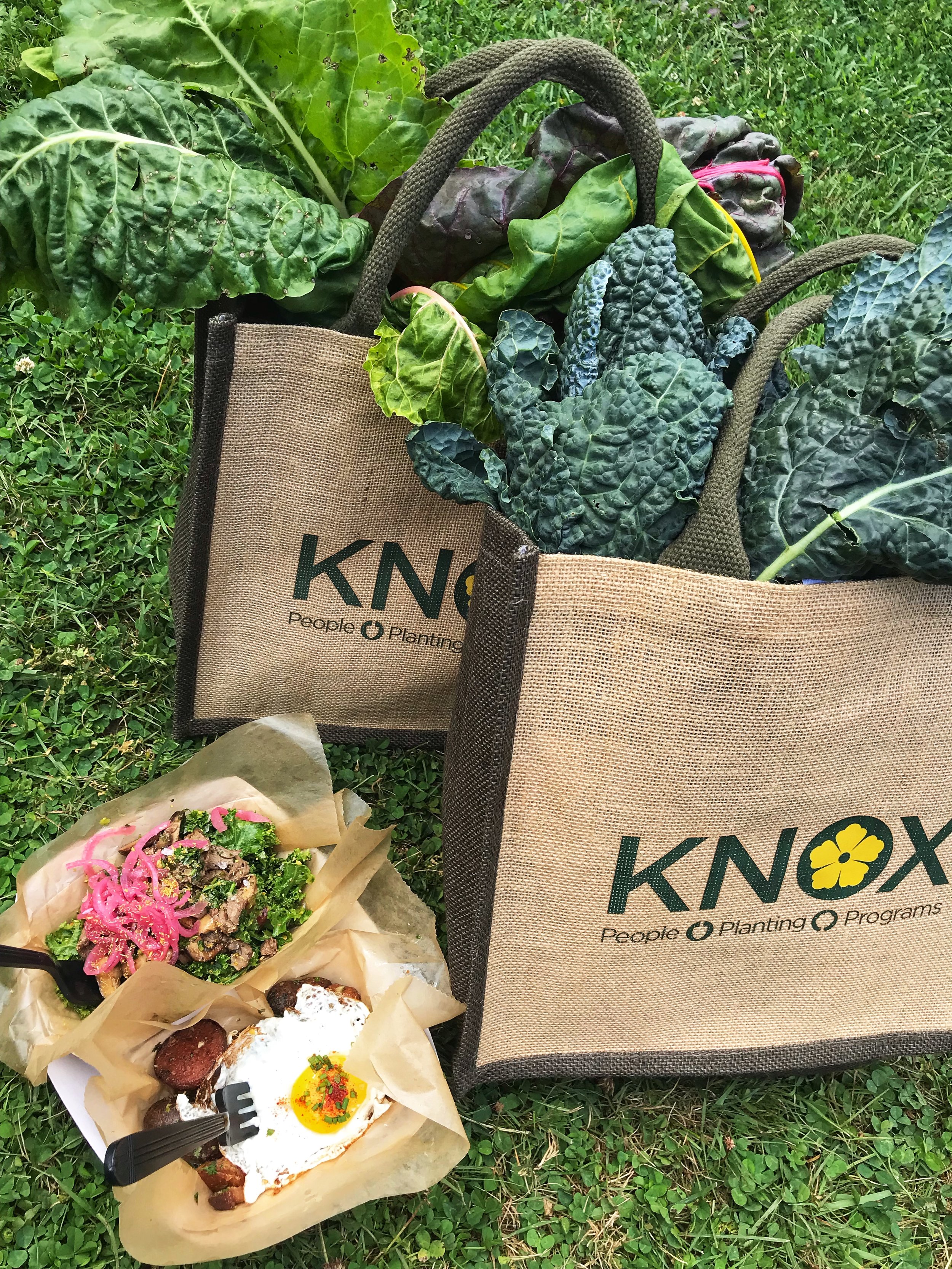A SOUL-ful Way of Eating
The way that you eat can have far reaching impact
CUT TO THE CHASE
SOUL food — Seasonal, Organic, Unprocessed, Local — can provide significant health benefits while positively impacting the environment and local businesses.
While organic foods are piece of the puzzle when it comes to eating sustainably, you don’t need to eat organic 100% of the time in order to reap the benefits. Use the Environmental Working Group’s “Dirty Dozen” and “Clean Fifteen” lists to prioritize which foods to buy organic and which to buy conventional.
Contrary to popular belief, SOUL food can be affordable. Visit a local farm stand, farmer’s market or get involved in a community supported agriculture (CSA) program.
It seems like there are two schools of thought when it comes to buying organic foods — you’re either on board and all-in, or you hear the o-word and think nothing but $$$. I hear ya… it’s hard to ignore that organic fruits and vegetables are often twice as expensive at supermarkets. And without seeing where the food is coming from, we just have to trust that what they’re advertising as organic, actually is.
But it’s possible to be somewhere in the middle using the SOUL approach to eating — Seasonal, Organic, Unprocessed, Local. The idea is to make enhancements to your diet (within your economic and geographic means) that will not only benefit your personal health, but also the environment and local businesses. By gradually eating more foods that are even just one of these four things, you'll get more out of your food and reduce your carbon footprint. And, you can do all of this without breaking the bank. Let’s break it down:
SEASONAL:
Modern agricultural technology and techniques have made it possible to have most foods available year round, so much so that we often forget that food availability naturally changes with the seasons. This makes off-season produce costly to both the environment and our wallets.
Supermarkets spend a lot of energy and money transporting off-season food from all over the world in order to provide the same variety of produce day in and day out, and they pass that cost on to us as consumers. Off-season produce is typically imported from geographic areas with different environmental regulations and is covered in pesticides and preservatives to maintain their fresh appearance.
While not all seasonal food is organic, eating seasonally promotes balance with the earth’s resources as the changing of the seasons is a source of natural diversity. In-season food tastes the best, contains the most nutrient density and provides important variety to your diet. Think about bright, juicy blueberries in the summer or crisp apples in the fall versus the same fruit in February. Plus, when supermarkets can leverage farms closer to home for in-season produce, you get higher quality produce at a more affordable price point.
For a listing of seasonal foods in your geographic area, visit Seasonal Food Guide or visit a local farmer’s market.
ORGANIC:
What is the difference between conventional and organic foods?
Conventional: Growing food using technology and synthetic chemicals to increase yields. This may include growing the same crop on the same plot of land each year (monocropping), the use of genetically modified organisms (GMOs), confined animal feeding operations (CAFOs) and synthetic chemicals that target insects and weeds.
Organic: Food produced through sustainable methods that align with the natural rhythms of the land; free of antibiotics, hormones, GMOs or synthetic insecticides or herbicides. Organic practices encourage biodiversity through crop rotation and support mineral-rich soil.
While the verdict is still out on whether organic food is more nutritious, there are other proven advantages — it is 20-40% higher in antioxidants (depending on the food), has 3-4x less pesticide residue and supports environmental sustainability more than its conventional counterparts. The amount of pesticides and herbicides that are used on our crops is at an all-time high. While they are used to preserve and encourage growth of the crop, they pollute the soil and kill insects that are essential for plant pollination in the process. Pesticides can also contain cancer-causing substances and hormone altering chemicals; making it important to consider organic options.
The Environmental Working Group is an American activist group and non-profit organization that specializes in research and advocacy for agricultural subsidies, toxic chemicals, drinking water pollutants and corporate responsibility. Each year, EWG releases a list of the produce that is highest and lowest in pesticides and contaminants utilizing (in part) reports by the U.S. Department of Agriculture’s Pesticide Data Program.
The best way to integrate organic foods in your diet without going 100% organic is to prioritize the “Dirty Dozen”. These are the fruits and vegetables highest in pesticides and contaminants in 2019:
1) Strawberries
2) Spinach
3) Kale
4) Nectarines
5) Applies
6) Grapes
7) Peaches
8) Cherries
9) Pears
10) Tomatoes
11) Celery
12) Potatoes
Conversely, you can safely go conventional (i.e. non-organic) when it comes to the “Clean Fifteen”. These are the fruits and vegetables lowest in pesticides and contaminants in 2019:
1) Avocadoes
2) Sweet Corn
3) Pineapples
4) Sweet peas
5) Onions
6) Papaya
7) Eggplant
8) Asparagus
9) Kiwi
10) Cabbage
11) Cauliflower
12) Cantaloupe
13) Broccoli
14) Mushrooms
15) Honeydew
UNPROCESSED:
With our busy lifestyles, it’s easy to pick up a frozen pizza, pop it in the microwave and call it dinner. But have you ever checked out the nutrition label on the back of the box? That “food” is likely to be full of indecipherable ingredients, sugars, binders and preservatives. These substances are directly contributing to the skyrocketing rates of obesity and chronic disease worldwide.
One key to reversing these trends is to focus on real food in its natural state – eating potatoes instead of potato chips, brown rice instead of white and a piece of fruit instead of fruit gummies. Check out Healthline’s article on 21 reasons to eat real food — I bet you’ll think twice the next time you go to grab a processed food item!
LOCAL:
Buying locally grown food provides a variety of healthy benefits, creates important economic opportunities for local businesses and helps to reduce environmental impact all while bringing the community together. Not all local farms are organic, so if that is your goal, be sure to ask the farmer if they use sustainable or organic practices. If not, it is generally still better to eat local foods than non-local.
Local farmers harvest their produce closer to ripeness, which allows the food’s flavor and nutrient profiles to reach their peak while on the vine. On the other hand, when food comes to your supermarket from growers in other states or countries, it is picked at least 3-4 days early to account for transport time and must ripen in the box. The nutrient density of these foods further decreases along with the amount of time they sit in transit or on the shelf.
Local farm stands or weekly farmer’s markets are the best way to get high-quality produce at affordable prices while supporting local businesses. Many farms also offer community supported agriculture programs; a system that connects the producer and consumers by allowing the consumer to “subscribe” to the harvest. This usually involves a weekly or bi-weekly trip to (or delivery from) the farm containing awesome seasonal produce.
Yesterday, I spent the day at the Coventry Farmer’s Market. If you live in CT, you need to go here. There are nearly 50 vendors featuring amazing produce from dozens of local farms, pickled/jarred products, fresh flowers, natural health products, live music, food stands, a full bar and foods trucks, including the famous Bloody Mary food truck (highly recommend this as your first stop upon arrival!) We had a great time walking around, talking with the farmers and trying a variety of different foods (shout out to the sweet corn ice cream and freshly made paella on a huge 3-foot circular skillet). At the market, I purchased the following items:
Two bunches of lacinato kale (aka dinosaur or Tuscan kale) — $3 per bunch
One bunch of rainbow swiss chard — $3.50
One carton of tomatillos — $3
One carton of Shishito peppers — $5
One carton of Maitake mushrooms — $7
One carton of Shitake mushrooms — $7
One 22 ounce bottle of beet, carrot, ginger, lemon and turmeric juice — $10
It’s easy to fall into the mentality that you cannot afford local and/or organic food, until you take a step and think about how I paid less for a huge bunch of kale than I would have for a box of Cheez-Its. For less than $40 total, I have now healthy ingredients to add to my meals all week long and helped support five local farms in the process!
If you’re from Connecticut, here is a listing of local farmer’s markets and community supported agriculture programs throughout the state. If you’re from outside the area, a simple google search of farmer’s markets or CSAs near me is all you need!







